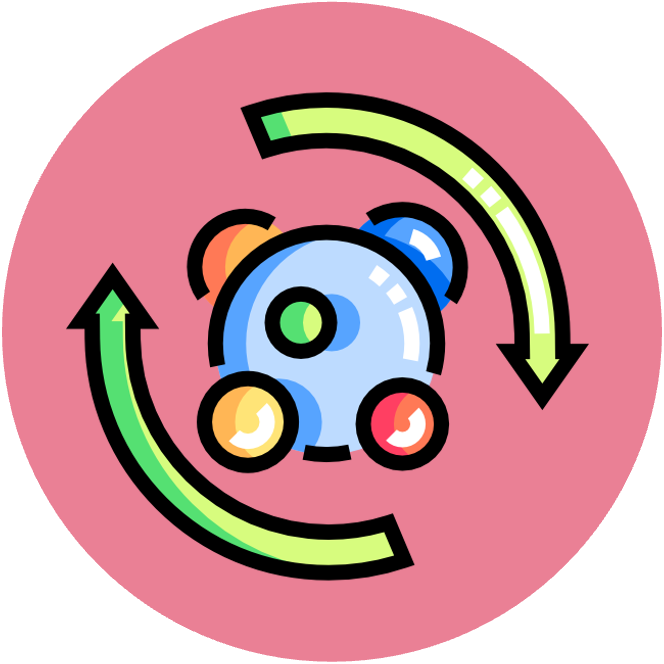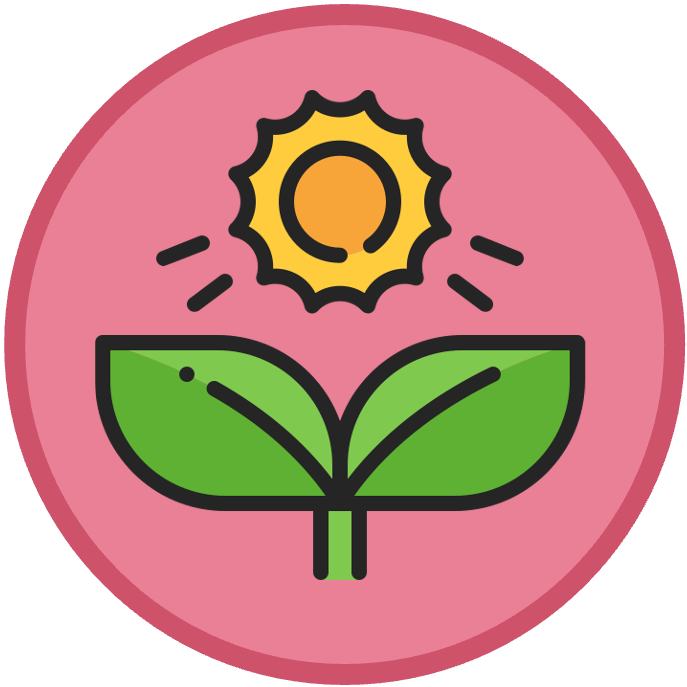

Photosystems
Photosynthetic organisms do not rely on a single pigment to absorb light, but instead benefit from the combined action of many
-
These photosynthetic pigments are grouped into molecular arrays called photosystems that are located within a membrane
-
By grouping pigments that have individualised absorption spectra together, the cell maximises its light absorption
When a pigment is energised by light, it releases high energy electrons (ionisation)
-
Chlorophyll and additional accessory pigments transfer their energised electrons to a central reaction centre containing a specialised chlorophyll
-
There are two main photosystems involved in photosynthesis and they differ in their type of reaction centre
-
Photosystem I tends to absorb longer wavelengths of light (approximately 700 nm)
-
Photosystem II tends to absorb a slightly shorter wavelength of light (approximately 680 nm)
-
Photosystems


Antenna Complex

Light Harvesting
A single molecule of chlorophyll or any other pigment would not be able to perform any part of photosynthesis
-
The structured array of different types of pigments in a photosystem maximises the wavelengths of light absorbed and enables sufficient energy transfer
The two photosystems in a chloroplast undertake specific functions:
-
Photosystem II accepts de-energised electrons from water and donates excited electrons to an electron transport chain (to make ATP)
-
Photosystem I accepts the de-energised electrons from the transport chain and donates excited electrons to a hydrogen carrier (NADP)
-
Photosystem I can also donate an excited electron back into the electron transport chain (via cyclic photophosphorylation)
-
This can allow for further ATP production but does not allow for the synthesis of organic compounds (the light independent reactions need NADPH)
-
The redox reactions being undertaken by the two photosystems can be represented by the Z scheme
-
First vertical bar: Photosystem II electrons are energised by light (electrons replaced by photolysis of water molecules)
-
Diagonal bar: Electrons lose energy as they pass through an electron transport chain (synthesising ATP)
-
Second vertical bar: Photosystem I electrons are energised by light (electrons used to reduce NADP)




